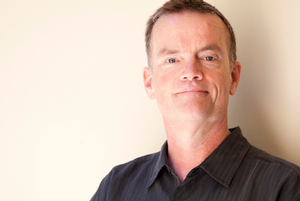AES Los Angeles 2016
Game Audio Track Event G3
Thursday, September 29, 2:15 pm — 3:15 pm (Rm 406AB)
Game Audio: G3 - Dialogue Recording Workflow
Presenter:Tom Hays, Rocket Sound - North Hollywood, CA, USA
Abstract:
The human voice is a core part of most large video games. We use voice to tell stories, add dynamism, and create worlds and situations that players care about. The sheer scale and complexity of dialogue in most AAA games dwarfs that of feature films, with typically 10 to 100 times as many lines as a movie, with non-linear implementation supporting player experiences that can last dozens of hours. This session will look at the challenges this presents: technical, artistic, and logistical. We’ll look at issues ranging from getting good performances from actors who can’t see what they’re reacting to, to some of the nuts-and-bolts rigor required to deliver dialogue in the form of data that a piece of game software can digest. We’ll touch on micing and signal flow techniques used by many games, some specialized toolsets developed for game workflows, and how some general-purpose tools are often used in games. We’ll also look at ways to tie voice to body motion and facial movement, bringing full performance capture to games.
 | This session is presented in association with the AES Technical Committee on Audio for Games |

